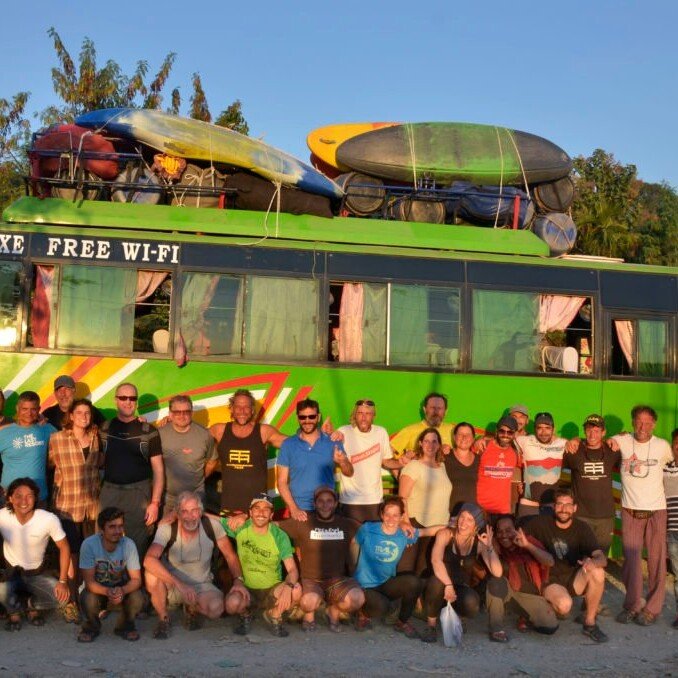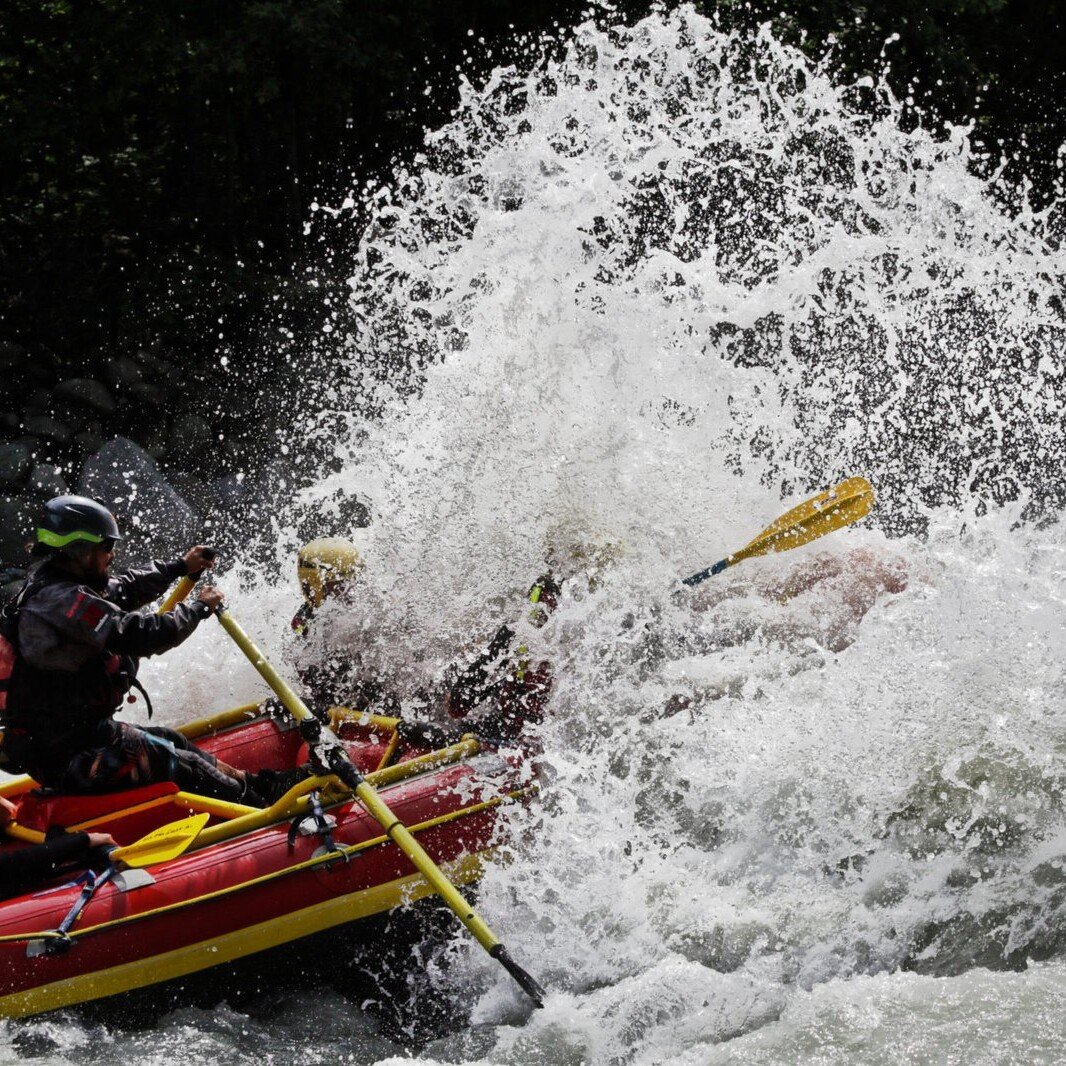La Dora: the jewel of the Aosta Valley
The Legend

Jupiter and Juno, after being banished from Olympus, wandered through the clouds in search of a new abode: between a cirrus and a mound, the Valle d'Aosta invited them near. Jupiter had no hesitation; he headed for that thin line of green and there he set about building a new Olympus. He moved his giants, who, piling mountain upon mountain, peak upon peak, glacier upon glacier, set up the Mont Blanc massif. So that Juno would not regret the fragrant sea waves in which to dive, water perfumed with firs and alpine herbs began to gush forth from the flanks of the Colossus: cerulean water, which the aristocratic bowels of the King of the Mountains have been secreting ceaselessly ever since.
Water, You
From the heights of the Bianco to the plains of the Po, from the giant of the Alps to that of the plains: the Duria Maior, today known as the Dora Baltea, now washes the bed of our beloved Valley, the one that David Alemanni - in 1992, almost 30 years ago! - perspicaciously chose as the place to begin transmitting his passion for the river to everyone, Aosta Valley and beyond.
If you have already come rafting at Totem Adventure, surely that sensation has a place in your memory, that thrill that ran through your body the moment you and your team tackled the first rapid: ahead, on the bottom and immediately water in your face, nice and fresh from the spring. You are justified: the waters of the Dora in fact erupt powerfully from the Brenva Glacier, which is just a few kilometres from our base. From the icy geometry of the seracs, the turbulent waters distributed between Val Veny and Val Ferret join forces near the hamlet of Entrèves, giving rise to the authentic Dora Baltea.

In the upper valley, which takes the name of Valdigne, the Dora flows through the Courmayeur basin, then the Pré-Saint Didier basin - where it receives the waters that descend from the Petit St Bernard and the Ruitor Glacier - and then on the right those that descend from Gran Paradiso. After Villeneuve, the Dora, increasingly rich in water and with a considerable gradient, enters the Aosta basin. Up to Aosta, the greatest inflow of water comes from its right side (thanks to the Savara and Grand Eyvia); starting from the chief town, however, it receives on the left the Buthier, Marmore, Evançon and Lys torrents, until it also receives the contribution of the Ayasse torrent, a right-hand tributary that flows near Bard. Remarkable, in the stretch between Aosta and Ivrea, is the famous narrows of Bard; subsequently, the course of the Dora widens more and more, and, past the hills on which Ivrea lies, it crosses the wide morainic amphitheatre with a winding course, exiting at Mazzè through a gorge cut into the diluvial terrain. It finally ends its course as an absolute protagonist between Chivasso and Crescentino, flowing into the Po.
Water, us together with you

Have you ever wondered why we sometimes go down the river with the small dinghy and sometimes with the slightly larger one? Our 'choice' depends on the water level at that time: we have references, given mainly by the stones, that allow us to understand approximately how much water there is in the river. At the beginning of June, when the first real warmth begins to oust the last efforts of winter, the river abandons the 'lethargy' of the cold months and begins to rise: being a watercourse of nivo-glacial origin, the ice melts and gives us the chance to do some intense rowing training, when the river reaches a stellar level. While between June and July we tackle descents characterised mainly by a large volume of water, towards August everything becomes more technical: the glaciers, increasingly bare, gradually contribute less to our Dora. Finally, in September, we navigate the last waters of the season by paddle - so with the small dinghy - where technique becomes the protagonist of the descent. Anyway, every day the river level is different and every day, whether there is water or not, we have the time of our lives.
Not all Valle d'Aosta inhabitants, however, see the river as we have learnt to see it: in fact, originally the Dora marked a clear demarcation between the towns along its banks and represented the enemy par excellence among all the natural elements with which man found himself living in the valley. Even now, if you go into a village bar frequented by old 'locals', you may happen to hear harsh comments about our element, comments that we prefer not to mention: many stereotypes that we are slowly trying to break down, bringing even those who are most afraid and fearful of the river closer to it.
Next season, one afternoon when you are free and carefree, come to the base in Pre' Saint Didier to go rafting or even just to seek contact with the river. You will be overwhelmed by visual and auditory stimuli in perpetual motion, which will allow your imagination to take flight in more than special thoughts and sensations. Rocks that under the immense power of the Dora give way to turbulent rumbles, making you realise that the Earth is awake and claims its space. Water that is never the same, that does not yet know its destination but relies on the beauty of being there.
Camilla Crippa

The biggest rapid of my life! Until now... ;)
August 9, 2021
How does a day of rafting in Valle D'Aosta work?
August 9, 2021
Totem Adventure expedition in Nepal finished!
November 27, 2017
Get Aboard the Totem Adventure Rafting Express
June 17, 2016
This is the year to go to Nepal
July 13, 2015






